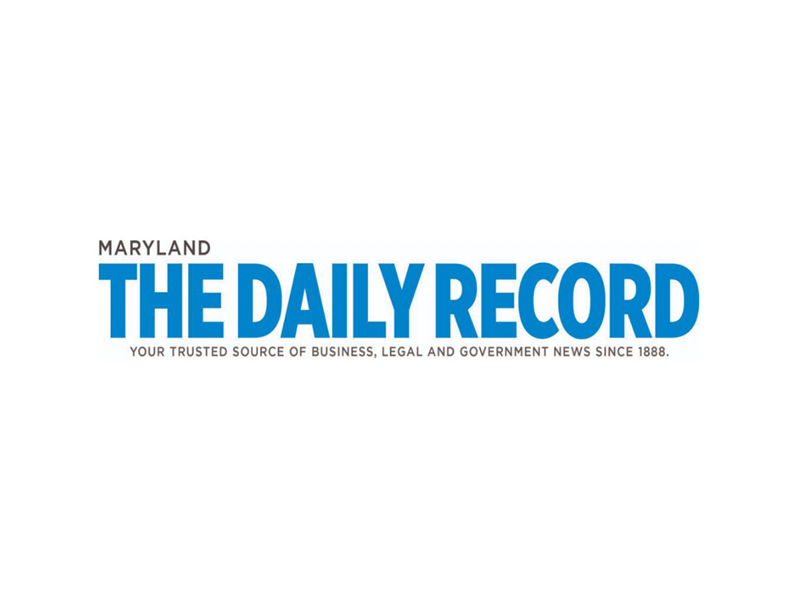New high-tech tool aims to improve care across nursing facilities

Originally published by the Maryland Daily Record on December 2, 2022.
Nursing facilities throughout Maryland will soon have access to a high-tech tool that designers say will help them improve patient care, lower health costs, reduce hospital admissions for their patients – and save lives.
The program is a joint venture involving the Maryland Department of Health and several acute care and high-tech associations. It is spearheaded by the nonprofit CRISP (Chesapeake Regional Information System for our Patients), the region’s designated health information exchange and health data source.
While not fully operational, the program already is up and running, according to Craig Behm, Maryland executive director of CRISP, and some care providers already are being supplied with data.
“Over time, we will add more facilities, data and tools,” Behm said. “I expect policymakers and the nursing home industry to consider policies, as needed, that can leverage the Connectivity Program to enhance care delivery.”
The program, which organizers say is unique in this country, was the brainchild of the state Department of Health. It involves using a data exchange (designed and implemented by high-tech companies) in which patients are hooked up to monitors, and the monitors constantly scanned by skilled experts. Those experts then alert the nursing facilities when they detect potential medical problems with the patients.
For instance, the system will note if a patient has gained weight or has had no recent bowel movements, and the information, which could suggest a growing medical problem, will be passed on to the patient’s nursing staff.
By getting such advance notice, the organizers say, serious problems that could result in hospitalizations or worse can be avoided.
Avoiding hospitalizations, the organizers say, is crucial to both keeping down medical costs and keeping people, especially older people, healthy.
“This initiative will provide care professionals with actionable information and insights,” said Allison Roenigk Ciborowski, President and CEO of LeadingAgeMaryland, an association of not-for-profit organizations that advances and promotes practices to help aging adults.
She said she was looking forward to seeing how implementing the necessary software will help the nursing-care providers and their patients.
“It will be important to determine how this project will be funded long-term, so that skilled nursing providers who find value in the software can continue accessing its benefits into the future,” Ciborowski said.
Conceived and funded under Gov. Larry Hogan’s administration, the program has the support of Hogan’s incoming successor, Governor-Elect Wes Moore, according to Kevin Heffner, president of LifeSpan Network, a senior care provider based in Columbia. LifeSpan will help provide the necessary training and coaching for the program.
Moore, Heffner said, “is very aware of this (program) and expects it to continue to be funded.”
Heffner said he and others met with Hogan’s staff a year ago and got the go-ahead to launch the program. Support from the state legislature came next, and his company and others are now recruiting and connecting nursing homes.
“This will save lives,” Heffner said of the program, echoing the predictions of others involved. “It will keep people out of hospitals – and also protect them from communicable diseases.”
The head of Real Time Medical Systems, a Linthicum company that already provides health-care organizations with data and is part of the team supporting the new statewide initiative, said three state associations of nursing home operators already are on board for the new initiative.
“This is not a new idea, but it’s the first time a whole state has decided to do this,” Real Time Executive Chairman Scott Rifkin said.
He said test programs of the high-tech practice have found a 25% drop in hospital admissions.
Nursing homes, Rifkin added, get a lot of bad press, but they have a difficult job and this state-wide initiative should be a real boon.
“Just looking at (a patient’s chart), things get missed,” he explained. With the new system, he said, the staff care-givers “are going to have a resource they never had before – real-time data using modern data-mining techniques.”
“This will save thousands of lives in the state of Maryland,” he added. “It is really a new concept.”